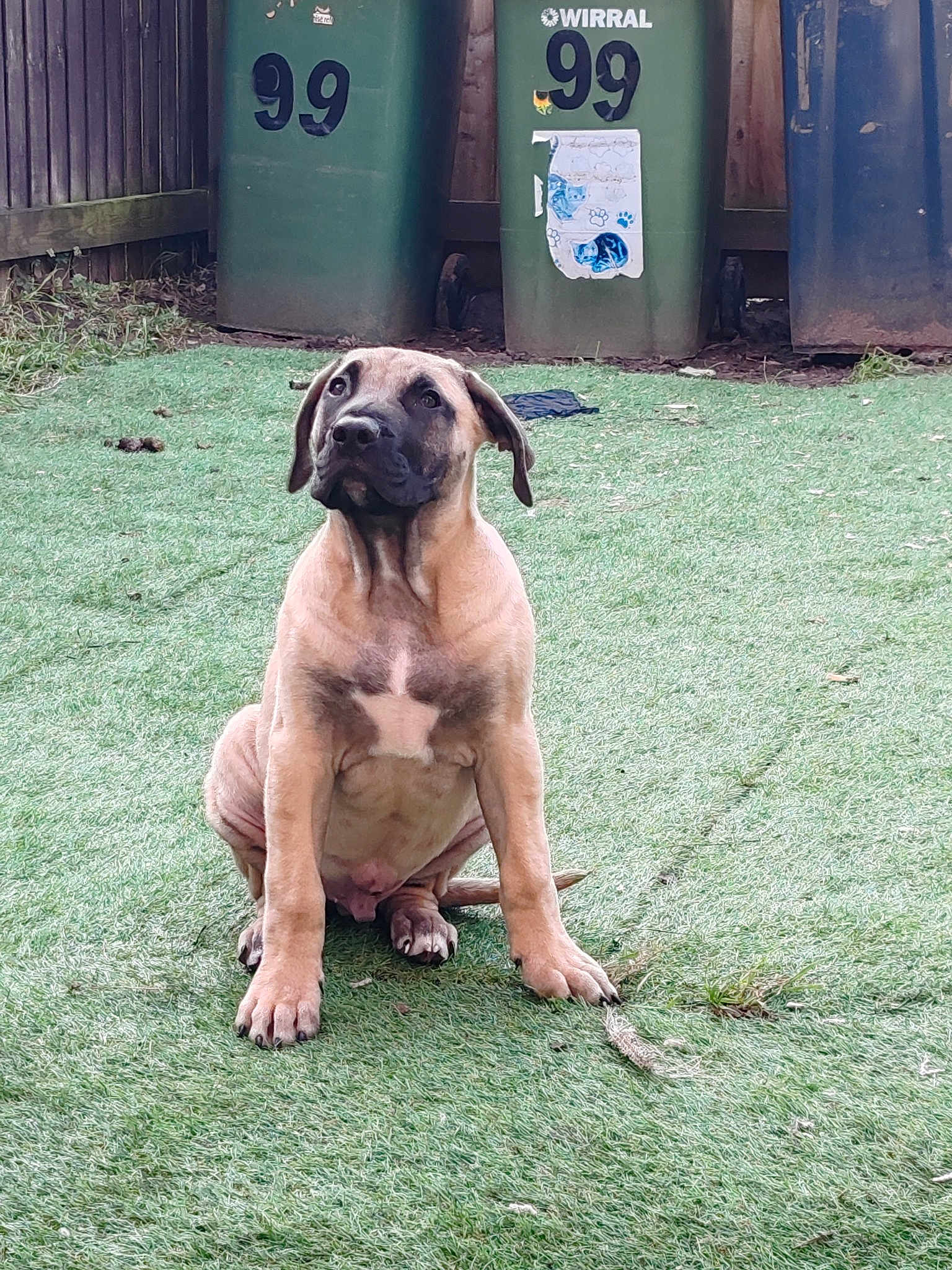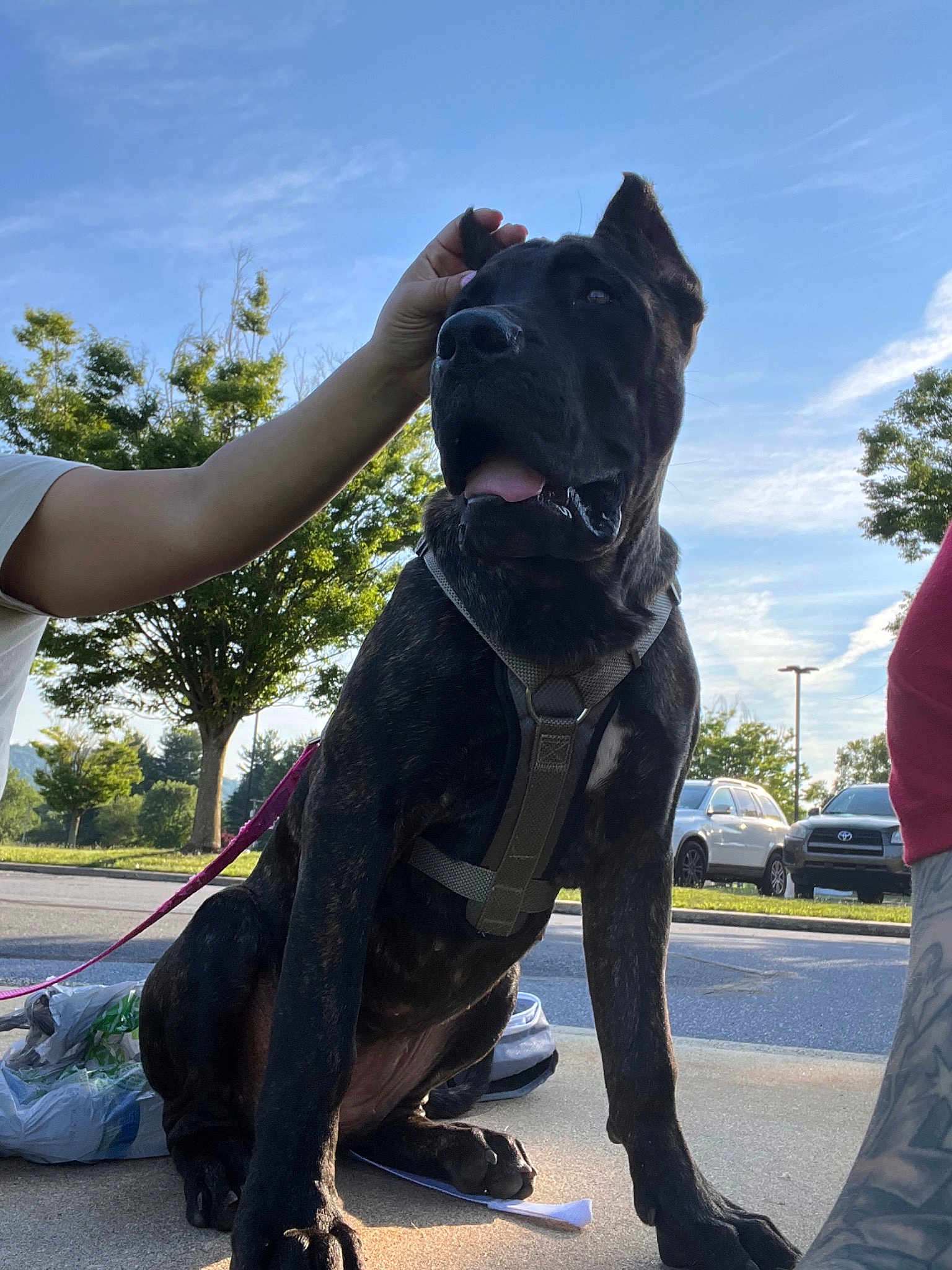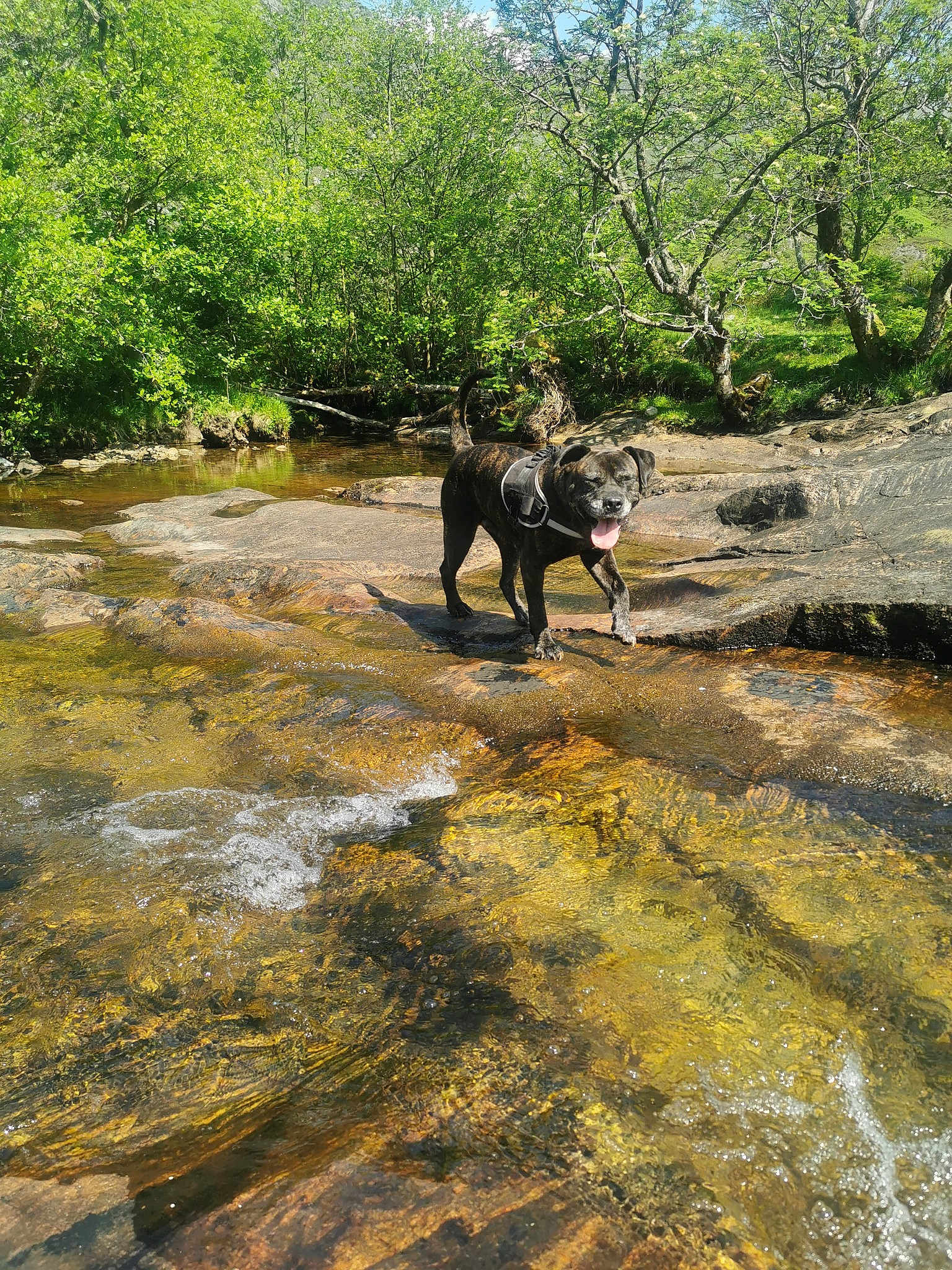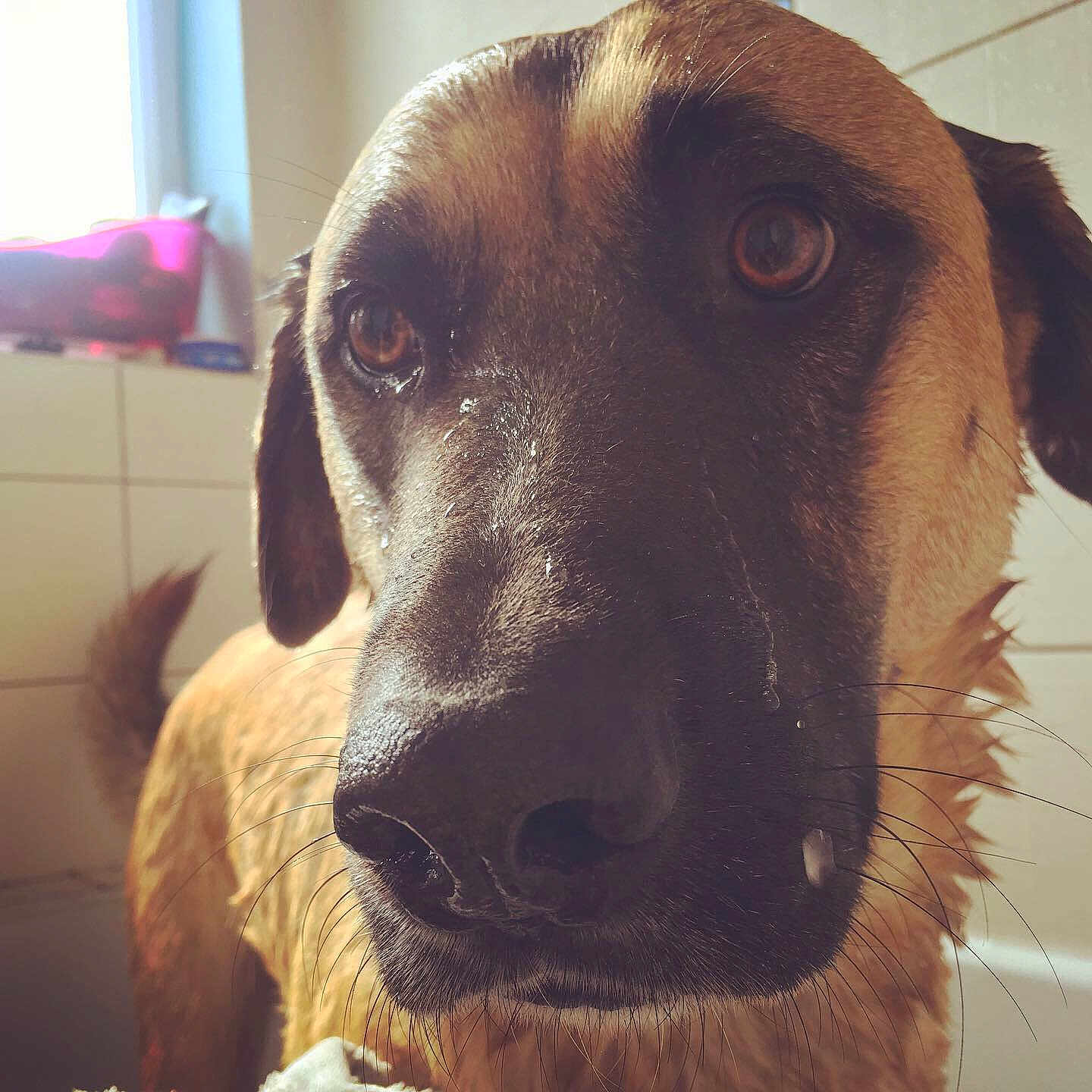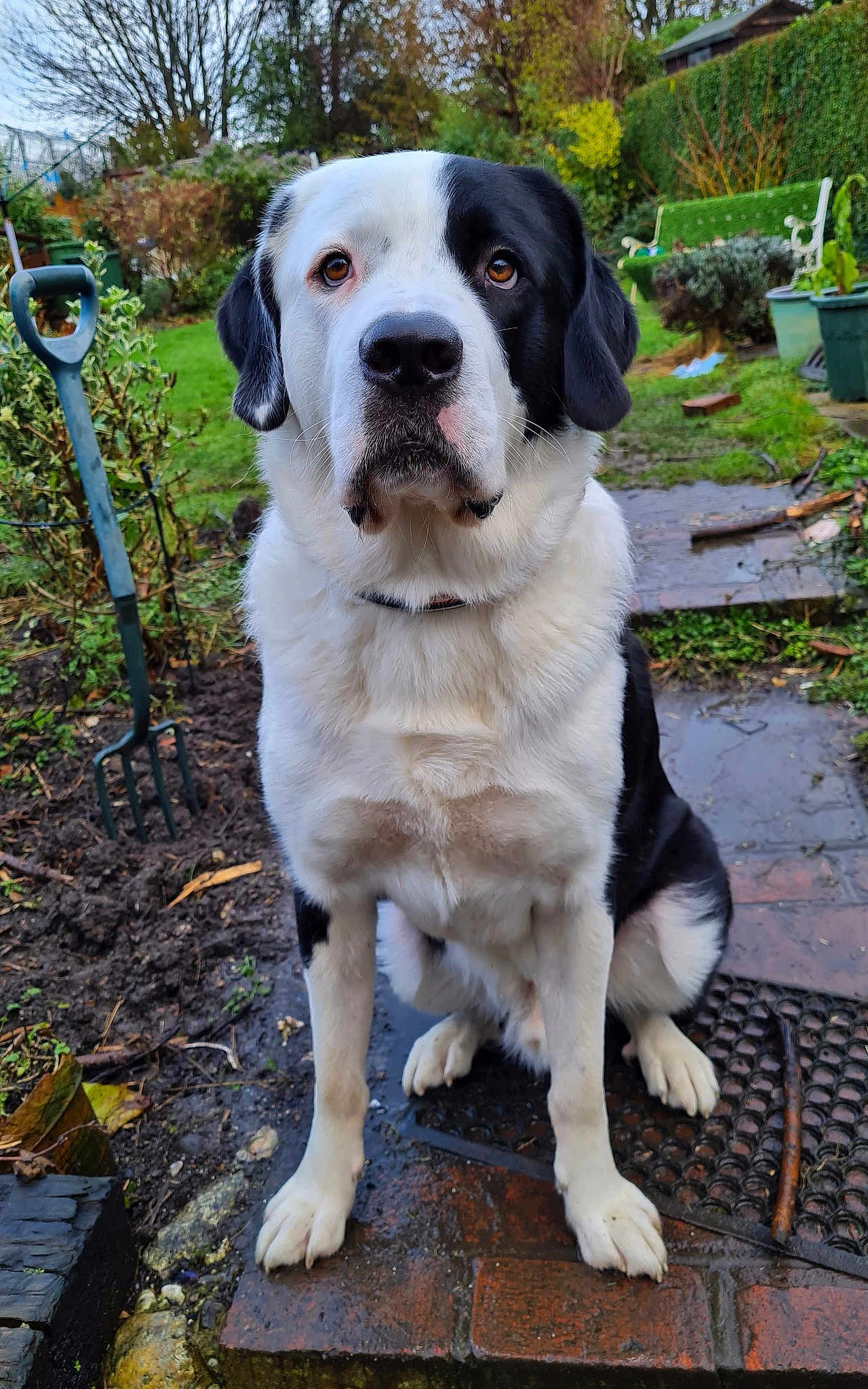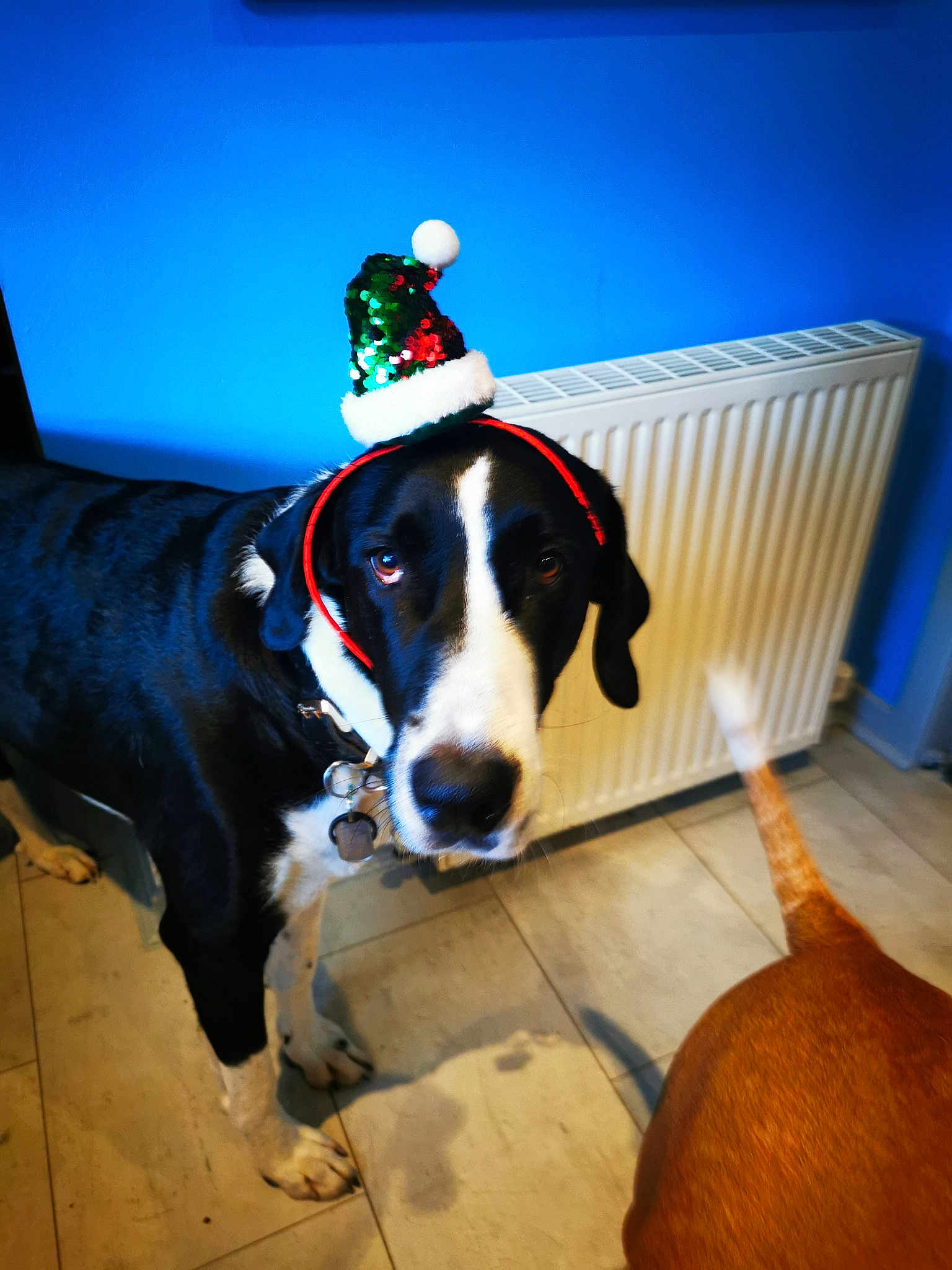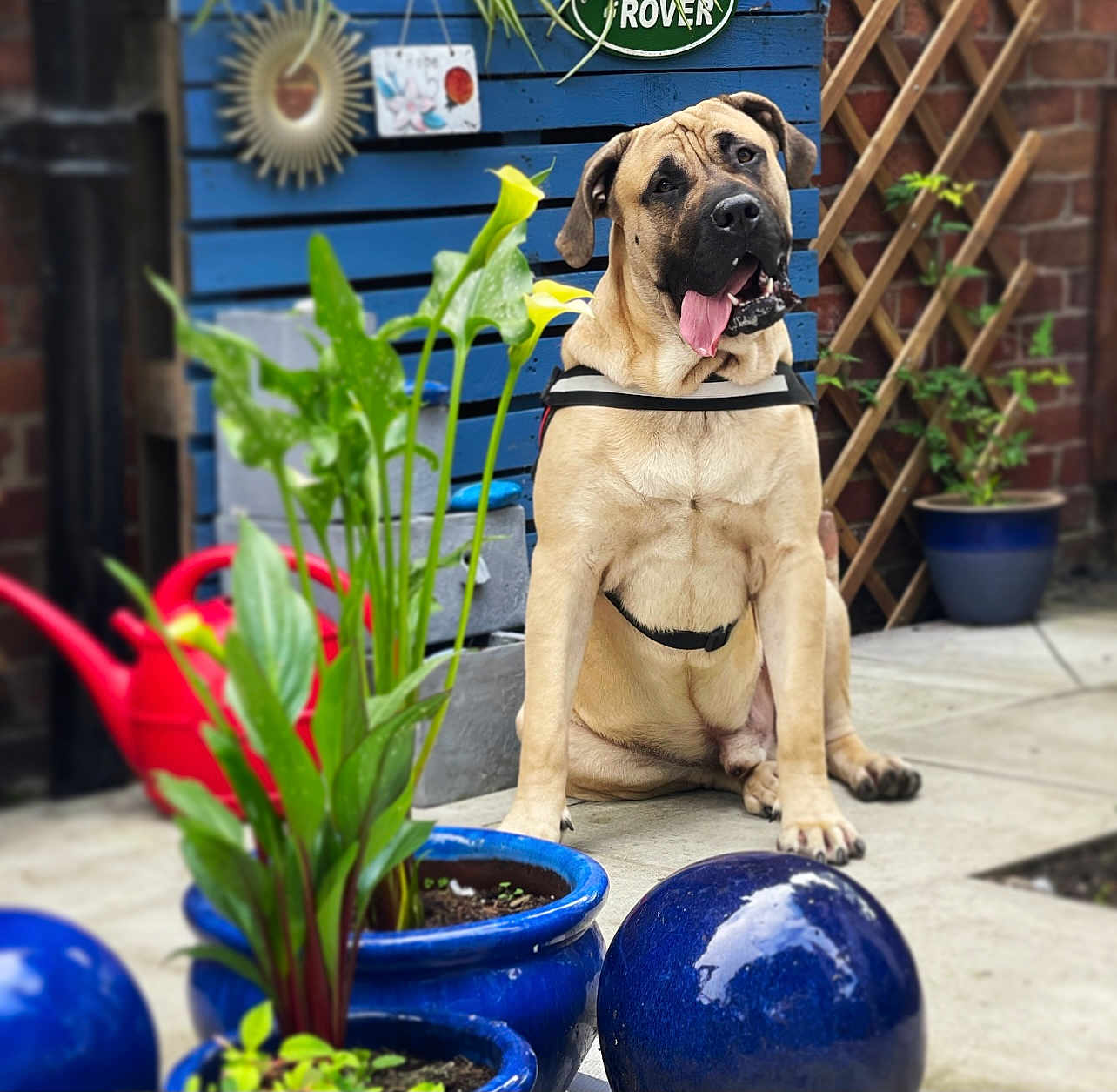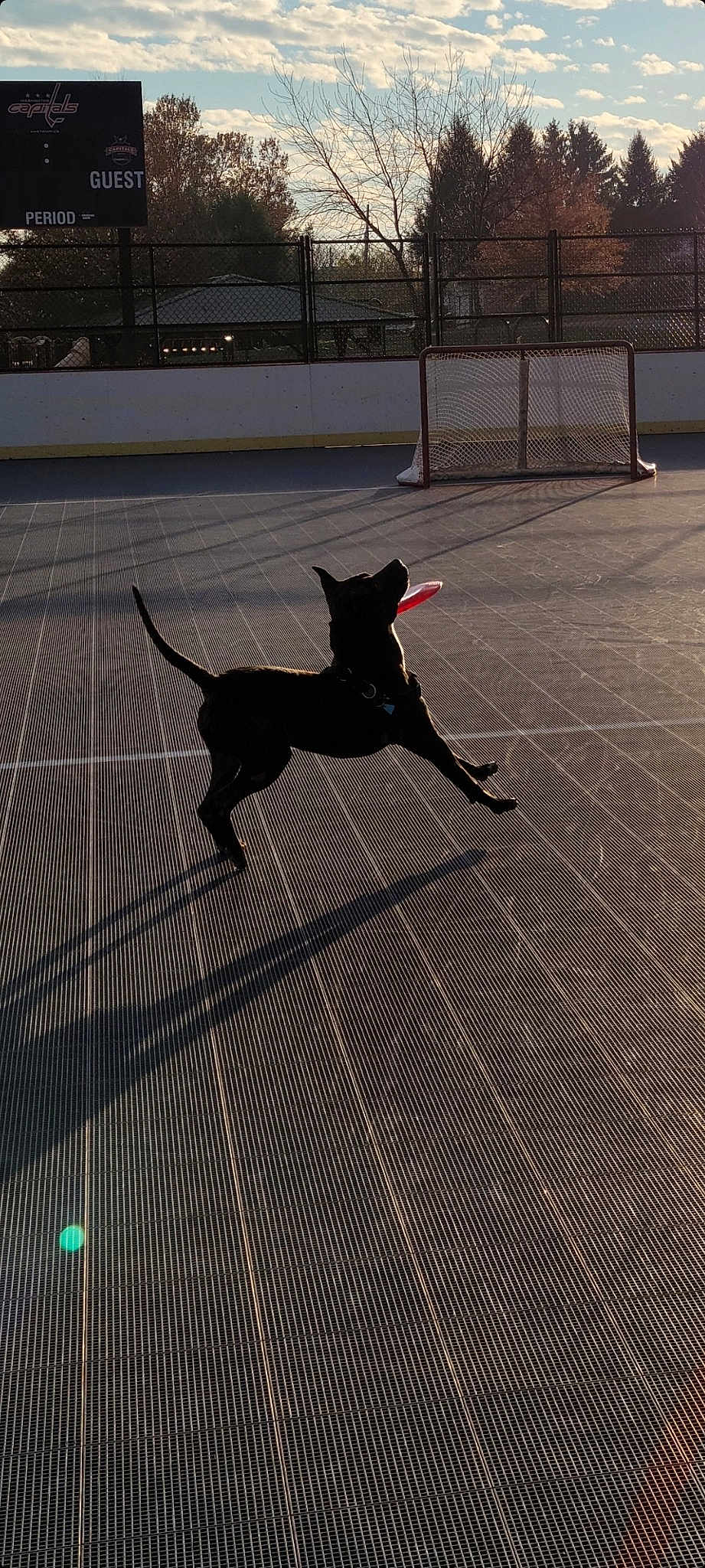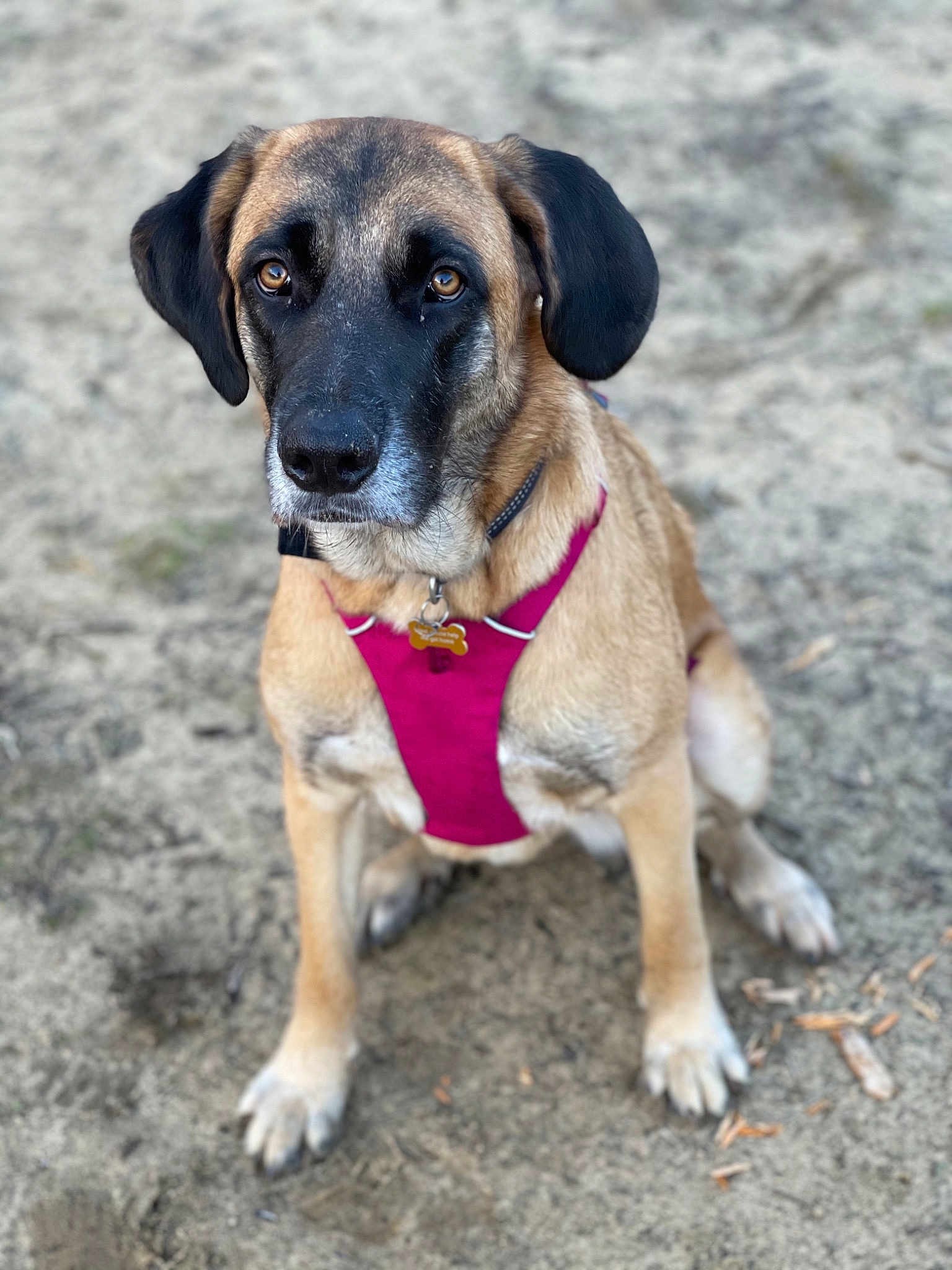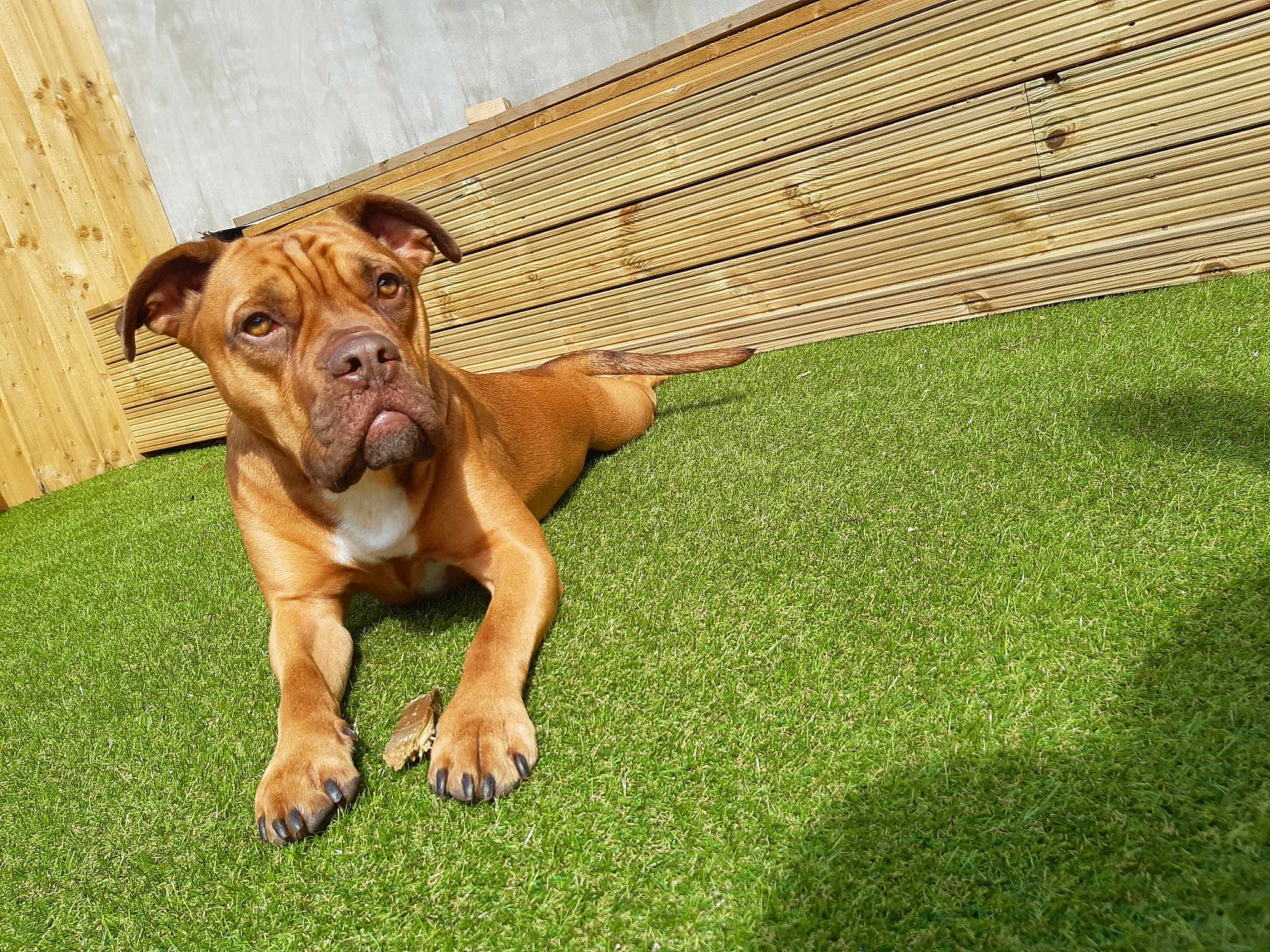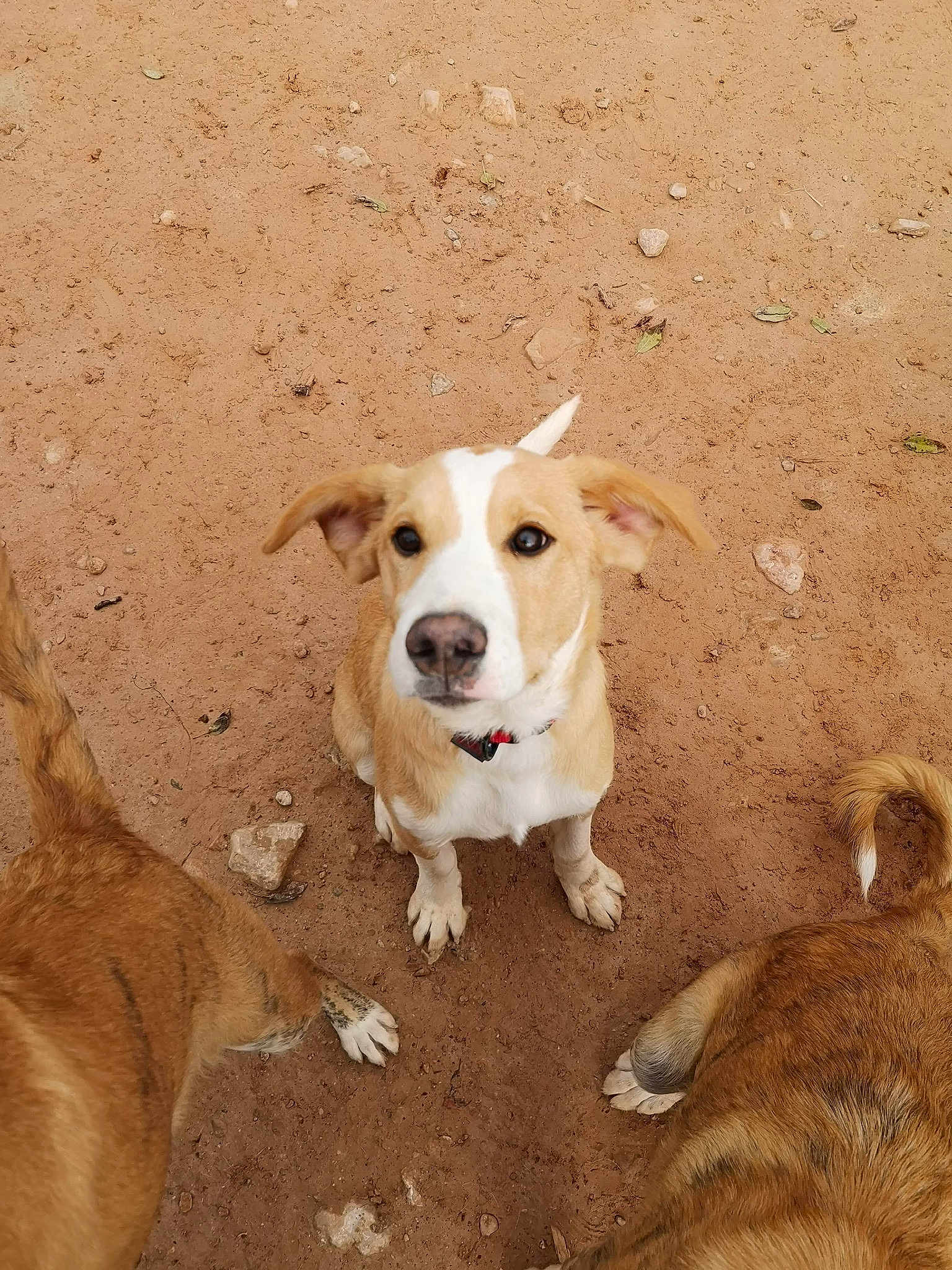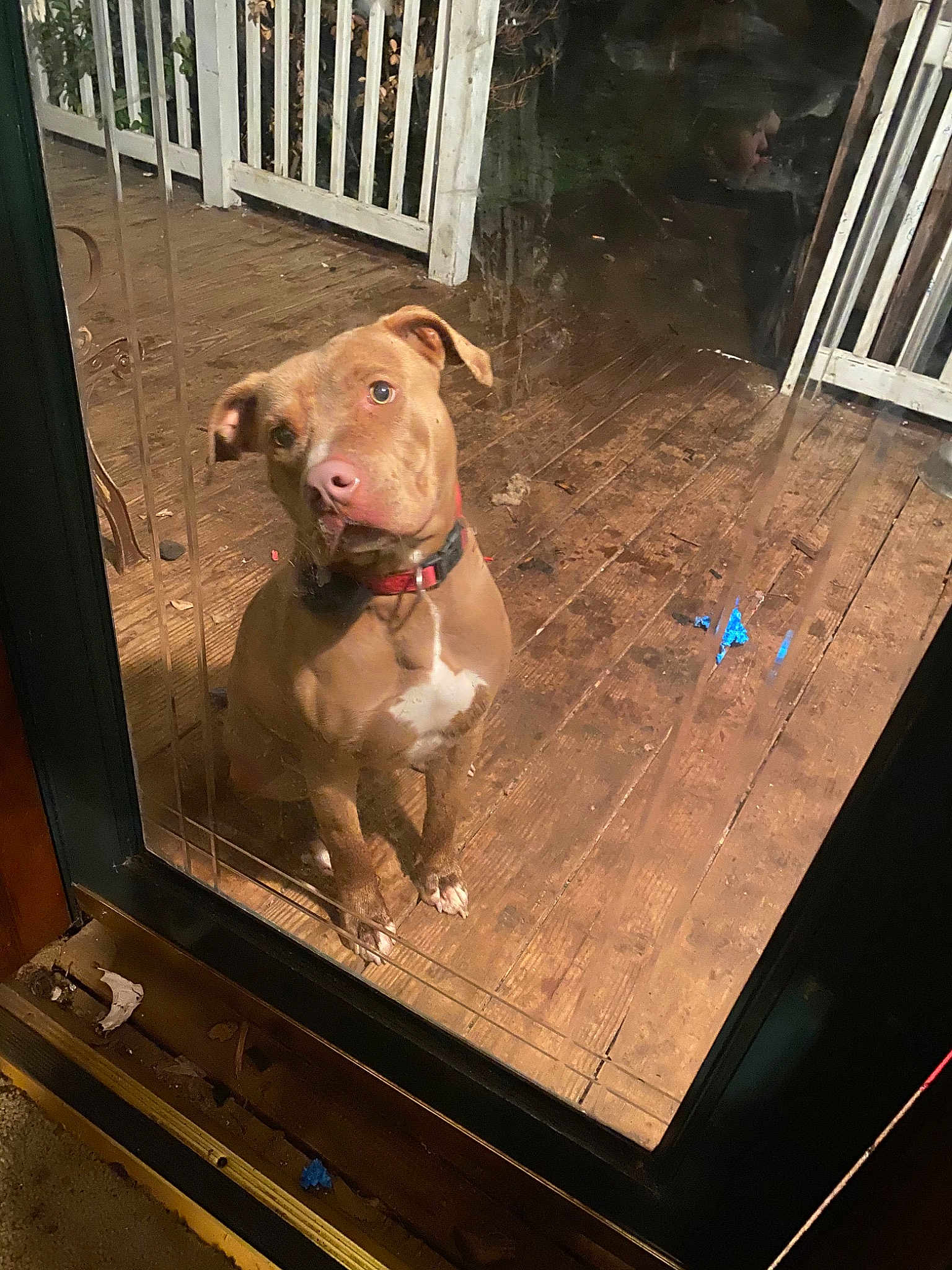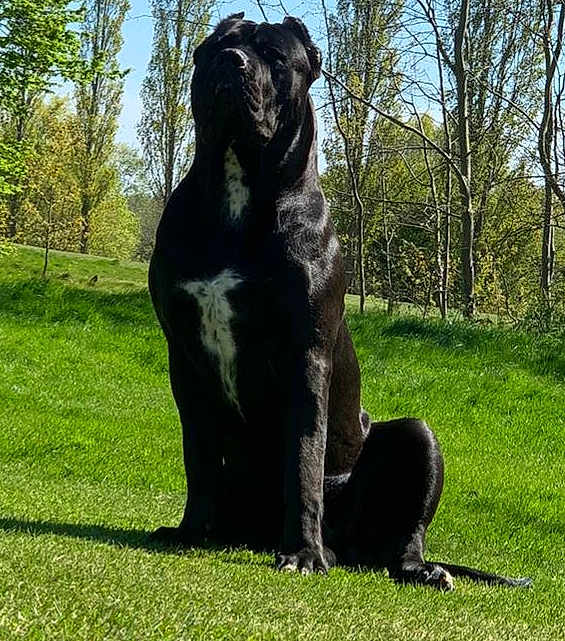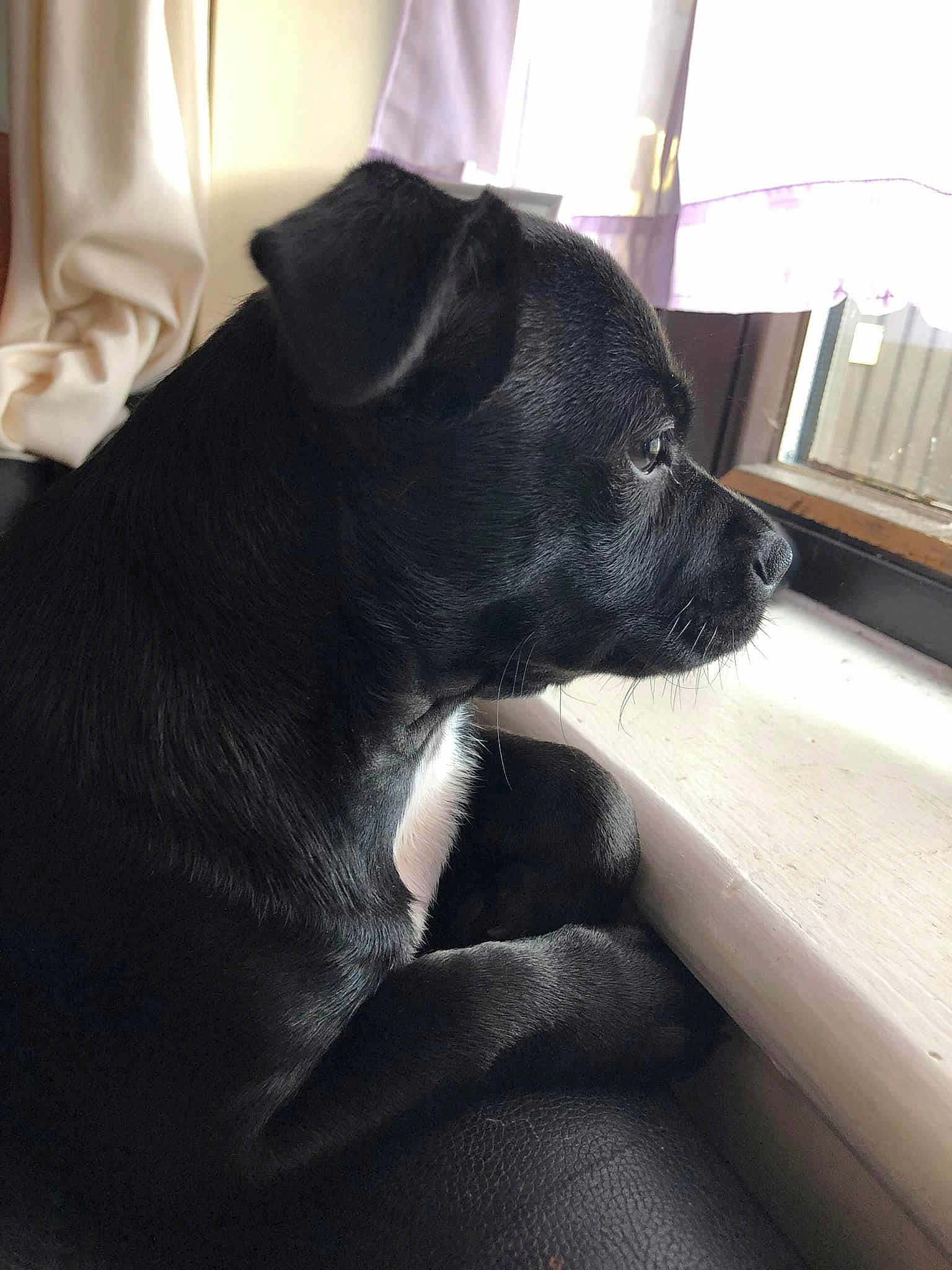
A Gentle Giant with a Rich Heritage: The Spanish Mastiff
Have you ever encountered a dog that exudes both grandeur and gentle affection? The Spanish Mastiff, with its imposing size and tender temperament, is a breed that perfectly embodies this juxtaposition. Known for its historical significance and familial loyalty, this breed offers a fascinating glimpse into the diverse world of dog breeds and their enduring importance in our lives.
Personality and Behavior of the Spanish Mastiff
When you first meet a Spanish Mastiff, you might be struck by its massive size. Yet beneath this formidable exterior lies a heart of gold. Often described as calm, tranquil, and composed, the Spanish Mastiff is a gentle giant known for its loyal and protective nature.
These dogs are deeply affectionate with family members and can form strong bonds with their human companions. One of their most endearing traits is their patience and gentleness with children. A Spanish Mastiff is rarely aggressive; instead, it tends to be assertive and confident when necessary, particularly in protective roles.
While their primary personality traits are characterized by calmness and loyalty, Spanish Mastiffs are also intelligent and sensitive. They are deeply intuitive and can often sense their owners' moods, offering companionship and comfort during challenging times. Their watchful nature makes them excellent guardians who are always aware of their surroundings, making them reliable protectors of both home and property.
"Despite their massive size and history as guard dogs, Spanish Mastiffs have a surprisingly gentle and affectionate demeanor, making them beloved family pets."
Meanings, History, and Origins of the Name Spanish Mastiff
The name "Spanish Mastiff" carries a deep historical context. It directly connects to the breed’s origins in the rugged landscapes of the Iberian Peninsula, where these dogs were originally bred to guard flocks of sheep from predators like wolves and bears. As their name suggests, they have long been a part of Spain's cultural and working heritage.
The term "Mastiff" itself is derived from the Old French word "mastin," which means 'great dog' or 'keeper dog,’ emphasizing both their impressive size and their role as vigilant guardians. Historical texts and ancient murals in Spain highlight the breed’s venerable status, depicting these dogs as noble protectors and loyal companions to shepherds and livestock.
Understanding the origin of the Spanish Mastiff not only provides a linguistic connection to its past but also showcases its evolution from a working dog of the past to a cherished family member today.
Popularity of the Spanish Mastiff
Spanish Mastiffs enjoy a moderate level of popularity around the world, especially among those who appreciate the blend of strength and gentleness they offer. While not as ubiquitous as some other breeds, there is a dedicated following that values their unique qualities.
In English-speaking countries, the Spanish Mastiff is cherished by a niche group of dog enthusiasts who recognize the breed's loyalty and protective nature. They are less common in urban areas due to their size and space needs but are more frequently found in rural settings where their guarding instincts can be put to practical use.
Across the rest of the world, particularly in their homeland of Spain, the Spanish Mastiff remains a cultural icon. In rural Spanish communities, you can still find these majestic dogs performing their traditional roles as livestock guardians, all the while being beloved members of the family.
Health and Care of the Spanish Mastiff
Taking care of a Spanish Mastiff involves understanding the unique health and dietary needs that come with such a large breed. One of the most important aspects to consider is their susceptibility to joint and bone issues, like hip dysplasia and elbow dysplasia, common in larger dogs. Regular veterinary check-ups are essential to monitor and manage these potential health problems.
Their diet should be rich in high-quality proteins and low in fillers, ensuring they get the nutrients necessary to support their large frames without unnecessary weight gain. Supplements like glucosamine and chondroitin can be beneficial for joint health, especially as the dog ages.
Grooming a Spanish Mastiff is relatively straightforward despite their thick, dense coats. Regular brushing will help manage shedding and keep their coat healthy. Bathing should be occasional, depending on their activity level and environment.
Training and Education of the Spanish Mastiff
Training a Spanish Mastiff requires patience and consistency, leveraging their intelligence and loyalty to foster good behavior. Early socialization is key to ensure they are well-adjusted and comfortable in various environments.
Obedience training should begin from a young age to establish boundaries and cues, preventing any manageable behaviors from becoming unmanageable due to their large size. Positive reinforcement methods work best, encouraging desirable behaviors with treats and praise rather than punishment.
Spanish Mastiffs are naturally protective and territorial, so training should also include controlled exposure to new people and animals to avoid undue aggressiveness. With the right approach, these dogs can be both obedient and well-mannered, making them excellent companions and guardians.
Cultural or Regional Variations of the Name
In regions outside of Spain, the breed might retain names specific to local languages or adaptations. While most commonly known as the Spanish Mastiff in the English-speaking world, it's important to recognize it may carry different monikers that reflect local traditions and nuances.
Recent Trends or Shifts in the Name's Popularity
There has been a growing interest in ancient and heritage breeds among dog enthusiasts, and the Spanish Mastiff is no exception. With the rise of online communities and social media, more potential dog owners are discovering the unique traits and history of this breed, leading to a steady rise in its popularity.
Popular Breeds Featured in Movies, TV Shows, or Literature If Applicable
While the Spanish Mastiff might not be as prominently featured in popular media as some other breeds, its distinctive characteristics make it a memorable presence whenever it appears. These dogs have often captured the imagination of those who value strength, courage, and loyalty.
Choosing the right dog breed can be a life-changing decision. Factors to consider include the breed's personality, care requirements, space needs, and compatibility with your lifestyle. The Spanish Mastiff, with its gentle nature and impressive history, might just be the perfect fit for those seeking a loyal and protective companion.
Choosing the right breed for your dog can bring immense joy and fulfillment to your life. With so many Spanish Mastiffs participating in KingPet contests, it's clear they captivate hearts and minds with their unique charm. Opting for a Spanish Mastiff means embracing a blend of historical richness, protective loyalty, and gentle companionship, making it a truly rewarding choice for any dog lover.







